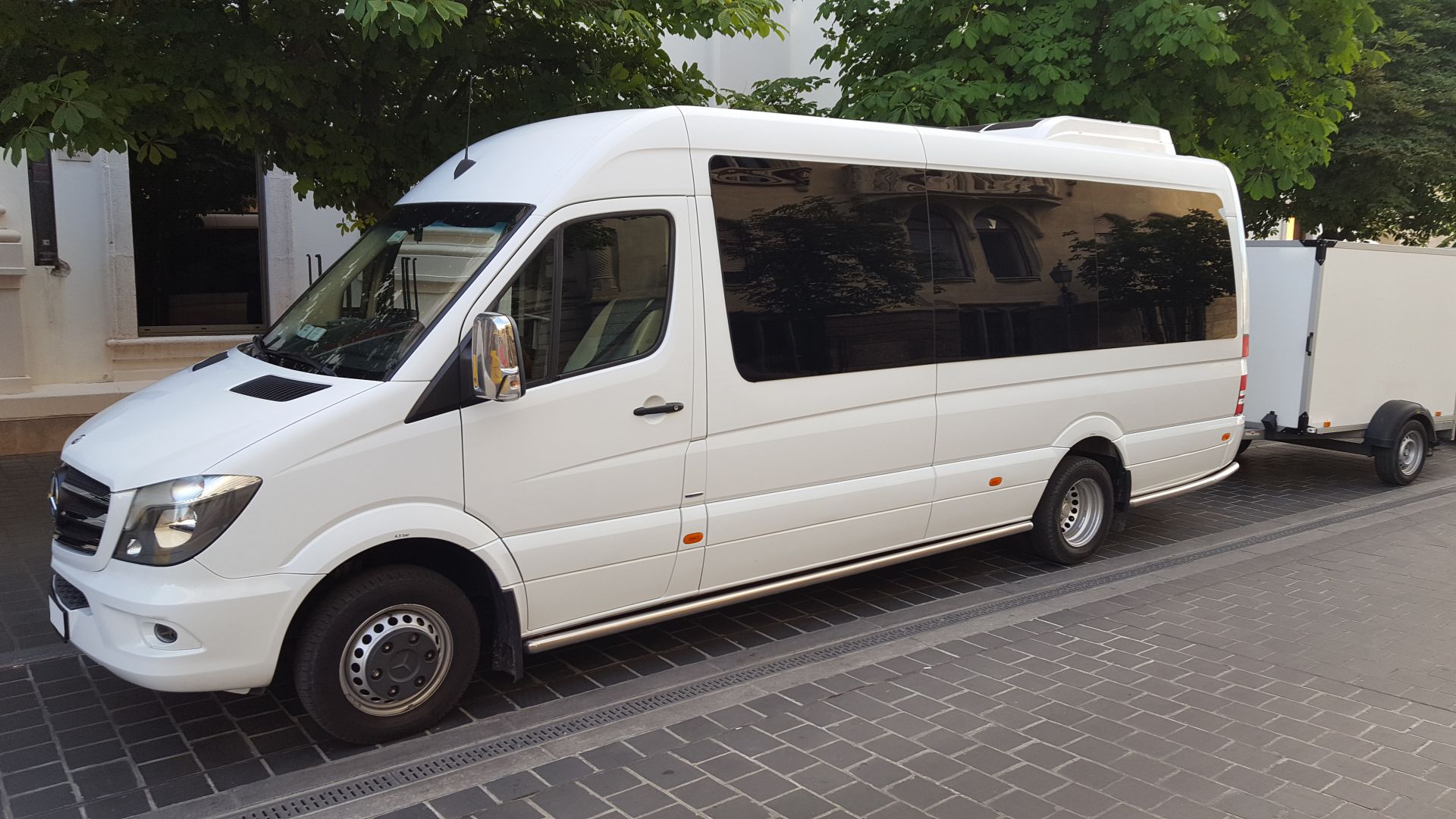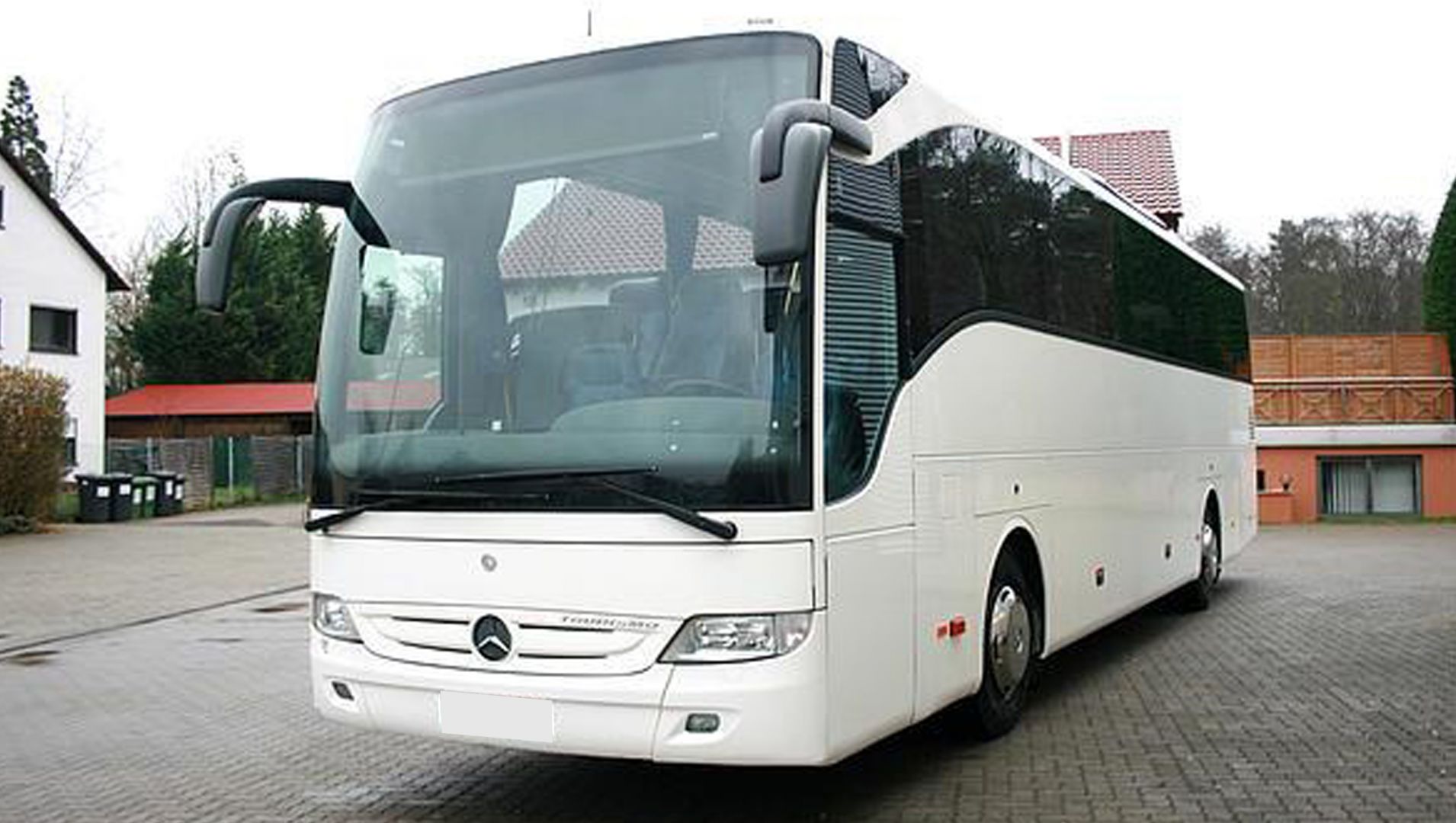Pilgrimage - Sátoraljaújhely, Olaszliszka, Bodrogkeresztúr
Miracle-working rabbis at the turn of the century
During the 19th-20th centuries several significant pilgrimage sites related to Jewish folk piety developed in the territory of historical Hungary. Mainly the pilgrimage traditions of Jewish communities living in the countryside were active and diversified. In 1944 the Holocaust put an end to this intensive practice of pilgrimage. After World War II pilgrimage traditions were revived. However, by the middle of the 1950s the pilgrimage practice came to a complete end, due to the new social structure, as well as to the emigration of traditional Jewish communities surviving the Holocaust. Then in the 1990s, due to the religious revival characteristic of the age, Jewish pilgrimage practice of the kind also came to life again and new interpretations had appeared within the tradition.
Location: Nagykálló, Sátoraljaújhely, Olaszliszka, Bodrogkeresztúr
Duration: 6-14 hrs
Tour Type: Private - One day tour
Departure: Budapest
Service: Meet and greet, Hotel pick-up and drop-off
Available: Groups and individual guests
Requesting an offer: info@budataxi.hu
|
Route of the tours (From Budapest) |
Duration |
Standard Taxi Mercedes / Opel |
Business Class Mercedes E |
First Class Mercedes S |
| Destination: | Max. 4 persons | Max. 3 persons | Max. 3 persons | |
|
Bodrogkeresztúr (Kerestir in Yiddish) |
6 hours |
€ 280.- |
€ 640.- |
€ 950.- |
|
Olaszliszka |
6 hours |
€ 280.- |
€ 640.- |
€ 950.- |
|
Sátoraljaújhely |
8 hours |
€ 320.- |
€ 650.- |
€ 950.- |
|
Nagykálló |
6 hours |
€ 280.- |
€ 640.- |
€ 950.- |
|
Full trip: Bodrogkeresztúr >> Olaszliszka >> Sátoraljaújhely >> Nagykálló |
14 hours |
€ 400.- |
€ 750.- |
€ 980.- |
These prices apply for groups up to 4 people. We can provide guided tours in any language, if needed. Professional tour guide: EUR 20.- / hour. If you want to book a tour for a bigger group, we can help you by email or phone. The cost always depends on the number of guests so please ask for your individual offer: info@budataxi.hu
JEWISH PILGRIMAGES - Bodrogkeresztúr (Kerestir in Yiddish)
The first Jews arrived to the small town in 1726. The small community prospered and grew stronger. One of the most important Hassidic communities emerged in this settlement. This Hassidic community grew stronger under the leadership of Jesája Steiner (1851–1925), the renowned zaddik known as Reb Sájele. He was the sexton to the Olaszliszka tsaddik whose family name was Friedman. Jews and Gentiles alike came from far afar to seek his advice. Many legends are told about him. It was said that he never slept, never rested, dozing in his armchair for many nights, meditating and praying.
It is said, that when Reb Sájele died, a fire broke out in the synagogue and consumed the table, where he used to pray, but his books were spared. According to another story, lightning struck a house and it caught fire. The rabbi struck a knife into the beam, and the fire miraculously went out.
The well-tended cemetery enclosed with a wall of stone slabs in the shape of stone tablets lies on the mountain covered with vineyards. Surrounded by the burials of his followers, Reb Sájele’s grave is located on the highest point. The traditional ohel is provided with an iron door and contains three graves with finely carved, painted gravestones. The middle one marks the grave of Reb Sájele, one marks the burial of his wife, and the third of a rabbi whose name is not remembered by the locals. Stepping out from the ohel, the Zemplén landscape with its gently rolling hills, vineyards, small villages, unfolds before the visitor. There are many lovely old and new gravestones in the cemetery.
The former rabbinical residence, Reb Sájele Steiner’s house at 65 Kossuth Lajos Street has survived in an unaltered form. The windows of the renovated building with a four column porch open onto the street. The house is an excellent example of one-time rural architecture. Today it is a memorial house and a resting place for pilgrims.
Olaszliszka
This sleepy little town was the vibrant centre of Hungarian Hassidism in the late nineteenth century. Rabbi Hershele Friedman (1808–1874) attracted a huge following. His grave, set inside the carefully preserved ohel on the highest point of the picturesque cemetery on the hillside overlooking the Bodrog River, attracts countless pilgrims. Following the passing of the Olaszliszka tzadik his son in law Rabbi Chaim Friedlander assumed the mantle of leadership and was regarded as a preeminent Torah scholar - indeed his buried next to his father in recognition of his close bond with his father in law. Entering the cemetery, a path leads to the highest point of the hill, offering a lovely view of the cemetery filled with ancient gravestones. The rebbe’s grave stands beside the entrance, as if guarding and protecting his followers. There are about four hundred burials in the cemetery, some several hundred years old. The last gravestone was erected in 1978. The simple, worn stones, bearing traditional symbols, preserve the memory of the one-time community.
Sátoraljaújhely
The origins of the Jewish community can be traced to the eighteenth century. The first documentary evidence comes from 1771, when the congregation was formed. Between 1808 and 1840, the famed Moses Teitelbaum, one of the founders of Hungarian Hasidism – known also as Yismach Moshe after his main work – was the community’s rabbi. He was born in Przemysl in 1759. (The name Teitelbaum comes from German Dattelbaum, meaning fig-tree.) He was the scion of a renowned family of rabbinic scholars. He was chosen rabbi of Sátoraljaújhely in 1808, where he founded a famous yeshiva in which he taught for thirty-three years. He was known far and wide for his erudition and ascetism, and he was visited by countless Hasidic pilgrims. His followers called him “Old Saint”. His fame spread among the Gentiles too and according to local lore, Kossuth Lajos, one of the later leaders of the 1848–49 War of Independence, had also visited him.
The rabbi always kept his cane and his festive clothes by his bed, so that if the Messiah came, he would be able to receive him without delay. Friday afternoons the rabbi would climb Sátor Hill, from where one could see afar, for he believed that the Messiah would arrive right before the Shabbat. Then he would return disappointedly to the synagogue, in the hope that the miracle would come to pass the next week. After his death, a poor lad was hired, whose task it was to climb atop Sátor Hill on Friday afternoon to await the Messiah.
One of the destinations of the pilgrim route, the old cemetery lies along Road 37, opposite the Tobacco Factory. The several hundred years old cemetery on the hillside, enclosed by a modern concrete wall, can be seen from afar. The gate is ornamented with a menorah and leads to a small, open pavilion covered with a decorative copper dome. This open structure functions as a waiting room, with stone benches set in a circle and a hand-washing basin in the centre. (According to the prescriptions of Judaism, one must wash one’s hands in the traditional manner by repeatedly pouring water over them after leaving the cemetery.) A few steps lead to the ohel containing Moses Teitelbaum’s grave. The pilgrims visiting the cemetery can comply with the prescription of ritual cleanliness. A resting place has also been created in the building. The last burial in this cemetery took place about a hundred years ago.
Nagykálló
One of the most interesting stops on the Pilgrim Route is the former seat of Szabolcs county. Although the exact date when the Jewish community was established remains uncertain, the first settlers apparently arrived several hundred years ago, The town was destroyed three times and although the Jews moved elsewhere after each catastrophe, they always returned.
Isaac Taub (or Reb Eizik Taub in Yiddish), the founder of Hungarian Hassidism, the perhaps best known Hungarian tzaddik, was elected rabbi in 1781. The rabbi’s fame spread swiftly, and people flocked to him by the thousands. There were several legends about him already during his lifetime, and his unusual life inspired many writers and poets.
Only a few families remain of the original community, which once numbered over one thousand. Their synagogues and other institutions have disappeared or have been transformed. Their memory is now preserved by the legends and two cemeteries.
How to request a price quotation? Fill out our form to request a quote >>>









